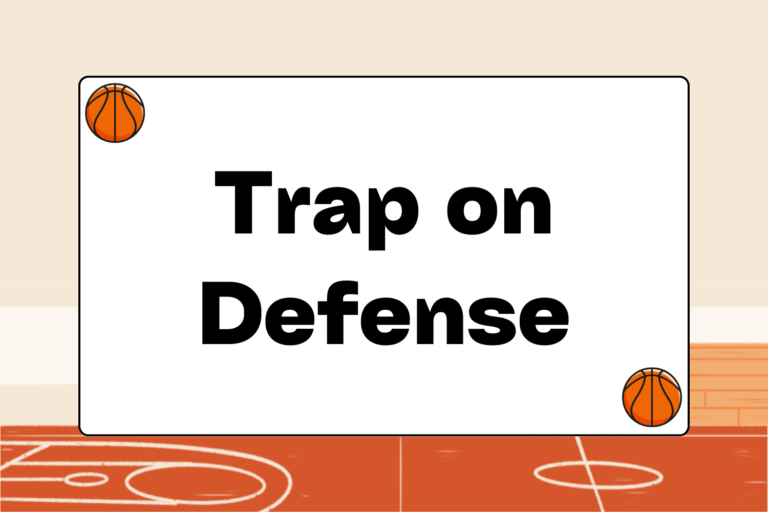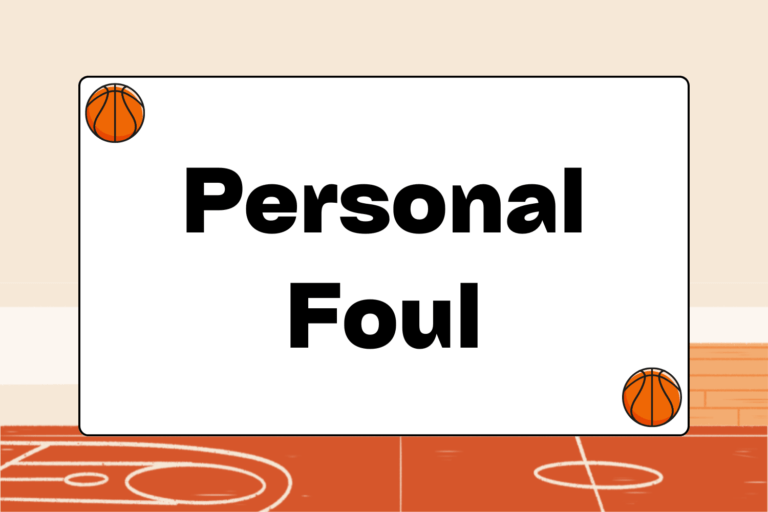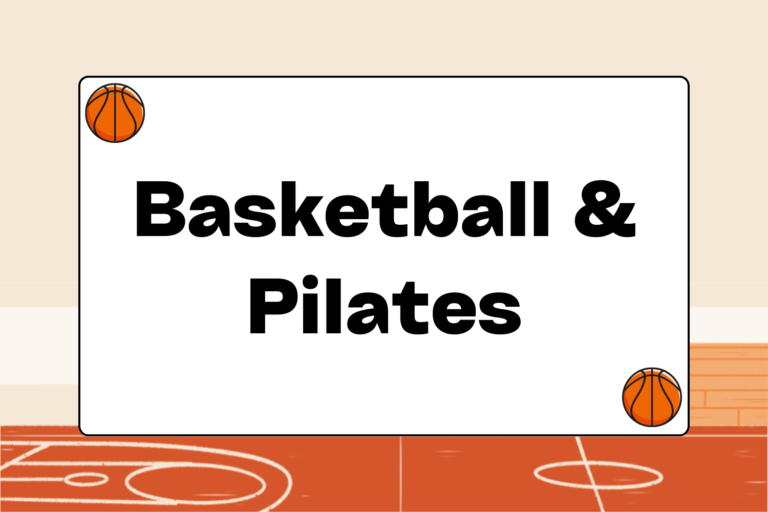Most beginning basketball players already know what to do when the ball’s in their hands: Pass, dribble, or shoot. But you can also be an effective player when the ball isn’t in your hands. Every offensive player on the floor is working to help the team score, so they need to move decisively without the ball.
Effective team basketball has five players working toward one goal: Finding open shots and scoring baskets. The best basketball players — from Michael Jordan to Kobe Bryant — find a way to help the team, even when they don’t have the ball in their hands. From movement to energy level, this guide covers everything you need to know about how to help your team when you don’t have the ball in your hands.
Step 1: Be in “Basketball Position”
Being in a good “basketball position” is the most fundamental and overlooked part of the game. It’s the basic position every player without the basketball should have on the court. On offense, basketball position means that players are ready to shoot, dribble, or pass immediately after receiving the ball.
Basketball position begins with feet shoulder-width apart and weight equally distributed on both feet. Your knees should be bent and your weight should be on the balls of your feet. If the ball is on your side of the court, your hands should be raised with palms facing the ball-handler. You’re completely unprepared to pass, dribble, or shoot when you’re standing straight with locked knees.
Mental Edge
Being in the basketball position is one of the quickest ways to increase minutes for beginning players. Conversely, you’ll quickly find a spot on the bench if you’re always standing up straight.
Step 2: Always Move
Here are some ways you can help the team when the ball’s not in your hands:
- Set a screen to free a teammate from a defender
- Roll off of another player’s screen
- Cut away from your defender to create space between you and him
- Post up your defender with your back or side facing him.
- Fill an open lane when running a fast break.
Guarding a player who constantly moves, runs around screens, or always works to get open can wear out even the most well-conditioned player. Matching up against a player who’s always on the move makes defense hard. However, it makes offense even harder because you’re too worn out from playing defense.
On the other hand, it’s easy to guard a player who simply stands around or finds the same position on the floor every time he’s in the offensive zone. Make your opponent work on both ends of the court, and never settle for lazy footwork.
Fun Fact
Studies suggest that the average player runs anywhere from three to five miles in a regulation high school or collegiate basketball game.
Step 3: Maintain Proper Spacing
Correct spacing is one of the biggest keys to successful offense. It’s also one of the first things a beginning player should learn. If an offensive player is ever unsure about where to go, simply move to where no one else is on the court. With only four other players on the court, there’s always an open lane or area.
Most coaches run specific types of offenses that clarify where on the court players should move to. Most of these movements involve cutting away from a defender or setting screens to help free a teammate. In each case, players must maintain proper spacing.
When moving to get open, always be sure there’s plenty of space between yourself and your teammates. Be careful never to cut at the same time, or to the same area of the floor, as a teammate. Nothing disrupts an offense more than two players in the same spot at the same time; this enables one defender to guard two offensive players.
Remember: Always move with purpose. If you move decisively to elude your defender, and run toward open areas of the floor, you’ll be moving with purpose.
Step 4: Cutting to Get Open
Cutting away from your defender is a great way to move without the basketball. A good tip is to vary the pace of your movement. Begin by running, then slowing and straightening your posture. This often gets defensive players to relax slightly. Then burst to the open spot on the floor. Defensive players often get caught off-balance by this basic move.
Knowing a few standard cuts in the offensive zone can help beginning players find easy baskets.
The V-Cut
The V-Cut is a simple move to alternate direction. Most often, a player glides toward the basket, before cutting sharply away from the defender toward the perimeter. This moves the defender into the painted area, allowing you to create space to receive a pass.
Backdoor Cut
Like the V-cut, the backdoor cut begins with a gliding movement. In this case, though, glide toward the ball to draw your defender to play the passing lane. Then explode toward the basket, preferably when your defender has turned to defend the pass.
Cut and Curl
Begin by cutting away from the basket toward the perimeter; then curl toward the ball-handler to seal off the defender. The best curls happen after coming off a screen set by a teammate. If you can’t find a teammate to set a screen, set one yourself.
Flash Cut
The flash cut is usually used by post players moving across the key to the ball side. You should burst to face, or flash, the ball-handler, sealing off the defender in the process.
Great Movers Make Great Teammates
A basketball team is like the five fingers on your hand. If you can get them all together, you have a fist. That’s how I want my team to play.
Mike Krzyzewski
NCAA Men’s Basketball Coach
A team that has five players working together — all moving without the ball on offense — has a much better chance to win than a talent-laden team that stands around. Beginning players looking to improve quickly should work on always being in basketball position and moving effectively without the ball.





